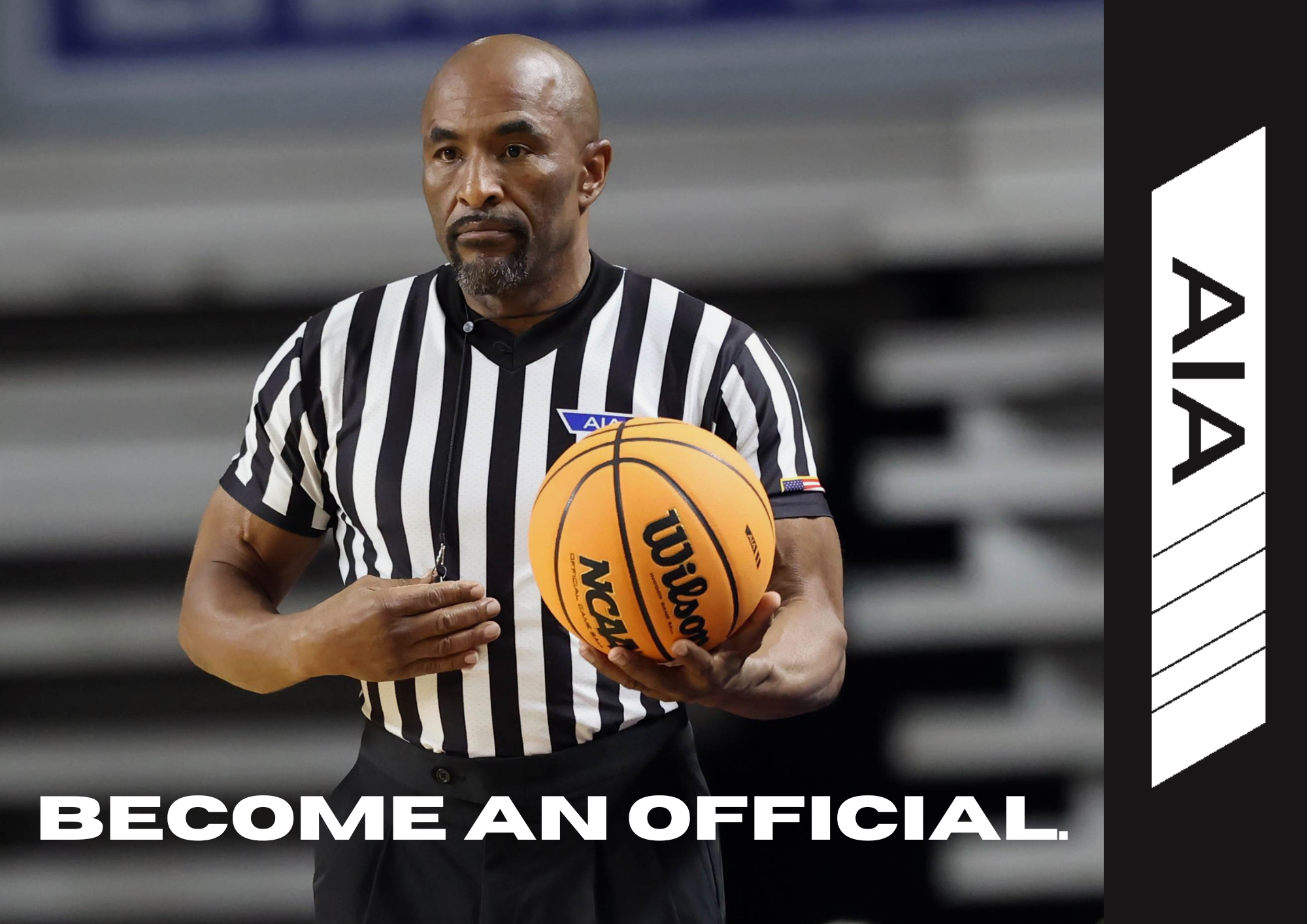Several equipment changes highlight high school basketball rules changes
May 15, 2019 by Seth Polansky, AZPreps365

INDIANAPOLIS, IN (May 15, 2019) — Five of the seven rules changes in high school basketball concern player equipment, including new uniform provisions that will be required in the 2024-25 season.
All seven rules revisions recommended by the National Federation of State High School Associations (NFHS) Basketball Rules Committee at its April 23-25 meeting in Indianapolis were subsequently approved by the NFHS Board of Directors.
Effective with the 2024-25 season, the number on the jersey can no longer be the same color as the jersey itself. Currently, the number can be the same color as the jersey if it is bordered by a contrasting color. Despite the contrasting-color border, the committee said the number is still difficult to see in many cases. The other two options in Rule 3-4-3e regarding the color of the number remain in effect.
A five-year implementation date was approved to allow schools time to budget for purchasing new uniforms.
Four other changes were approved in Rule 3 – Players, Substitutes and Equipment. A new rule, 3-5-8, provides recommendations for use of a mouthguard. Though not required, the committee noted that state associations may deem a tooth and mouth protector required equipment.
A note was added to Rule 3-5-5 to permit folding or rolling the shorts at the natural waistband seam. The new language does state that the shorts have to be in compliance with Rule 3-4-5, which restricts uniform pants/skirts to one visible manufacturer’s logo/trademark/reference.
Theresia Wynns, NFHS director of sports and officials and liaison to the Basketball Rules Committee, said this addition to Rule 3-5-5 modernizes the rule and allows players to adjust the shorts in a manner that serves no harm to the game or its integrity.
The other equipment changes deal with headbands and hair-control devices in Rule 3-5-4. The maximum width of the headband was expanded from 2 inches to 3 inches to be consistent with the rules for volleyball and accommodate athletes who play both sports. In addition, in 3-5-4d, hair-control devices are not required to meet color restrictions. Wynns noted that a hair-control device goes around the hair only, while a headband goes around the entire head.
In another change, assistant coaches now will be able to go onto the court with the head coach in an effort to restore order when a fight breaks out among players.
“It can be difficult for officials to separate players involved in a fight on the court,” Wynns said. “This change will allow assistant coaches to enter the court with the head coach to assist officials in regaining control of the situation and restoring player safety.”
The final change approved by the Basketball Rules Committee is a change in the signal when a held ball occurs. Now, when a held ball occurs, the covering official(s) shall stop the clock using Signal #2 (straight arm, open palm extended) while simultaneously sounding the whistle.
“This change should help to alleviate conflicting calls by officials when a held ball occurs,” Wynns said. “We currently raise one arm to stop the clock for everything except the jump/held ball.”
According to the 2018-19 NFHS High School Athletics Participation Survey, basketball is the third-most popular sport for boys with 551,373 participants in 18,510 schools and the third-most popular sport for girls with 412,407 participants in 18,171 schools.
###
About the National Federation of State High School Associations (NFHS)
The NFHS, based in Indianapolis, Indiana, is the national leadership organization for high school sports and performing arts activities. Since 1920, the NFHS has led the development of education-based interscholastic sports and performing arts activities that help students succeed in their lives. The NFHS sets direction for the future by building awareness and support, improving the participation experience, establishing consistent standards and rules for competition, and helping those who oversee high school sports and activities. The NFHS writes playing rules for 17 sports for boys and girls at the high school level. Through its 50 member state associations and the District of Columbia, the NFHS reaches more than 19,500 high schools and 12 million participants in high school activity programs, including more than 7.9 million in high school sports. As the recognized national authority on interscholastic activity programs, the NFHS conducts national meetings; sanctions interstate events; offers online publications and services for high school coaches and officials; sponsors professional organizations for high school coaches, officials, speech and debate coaches, and music adjudicators; serves as the national source for interscholastic coach training; and serves as a national information resource of interscholastic athletics and activities. For more information, visit the NFHS website at www.nfhs.org.
MEDIA CONTACTS:
Bruce Howard, 317-972-6900
Director of Publications and Communications
National Federation of State High School Associations
bhoward@nfhs.org
Chris Boone, 317-972-6900
Assistant Director of Publications and Communications
National Federation of State High School Associations
cboone@nfhs.org


